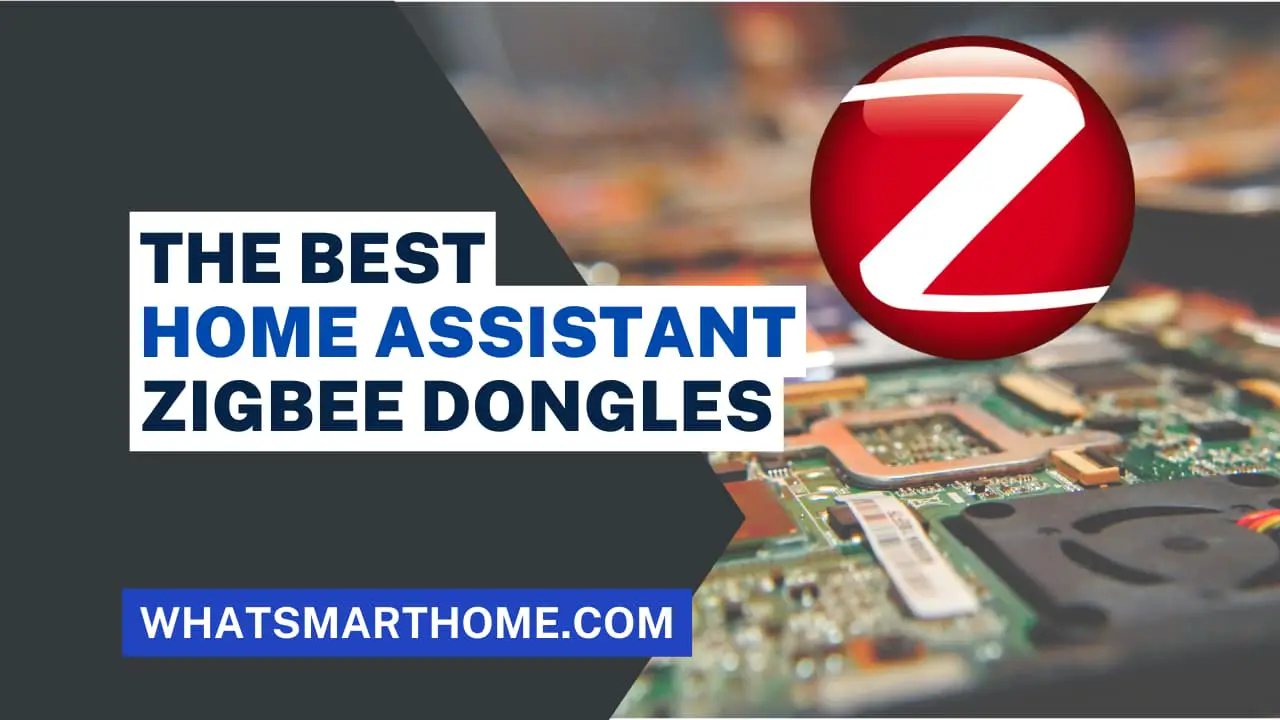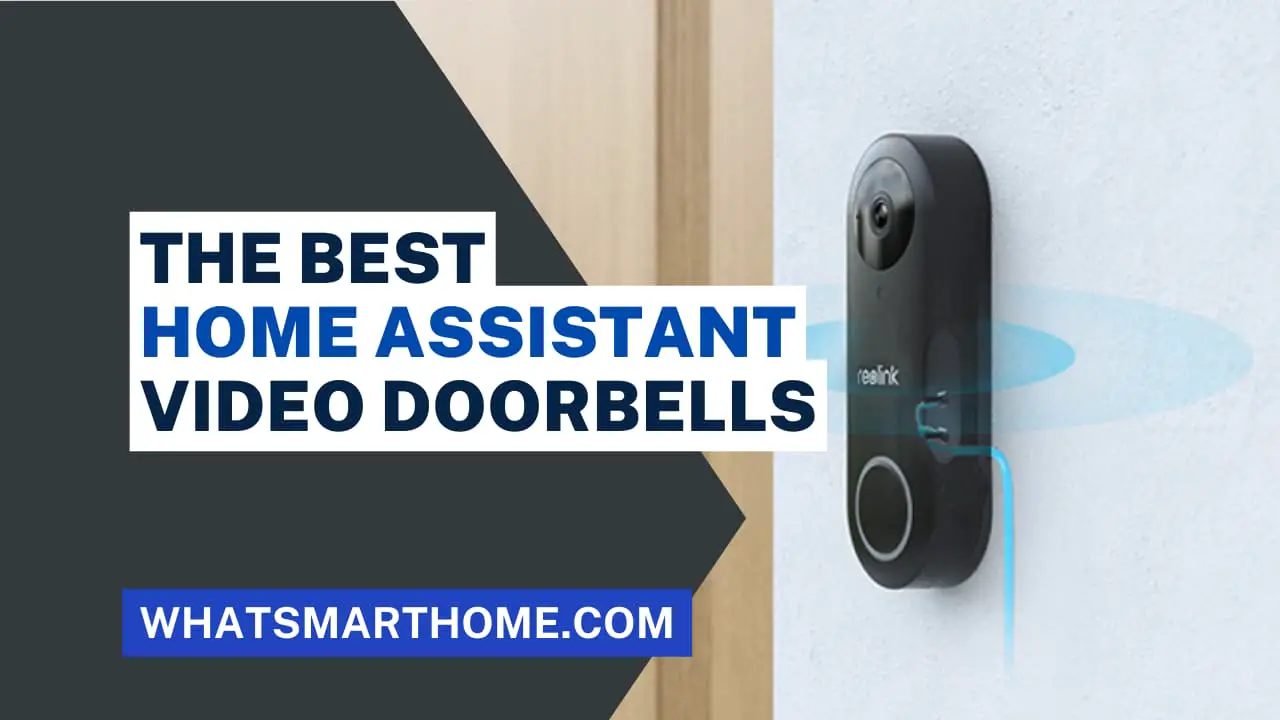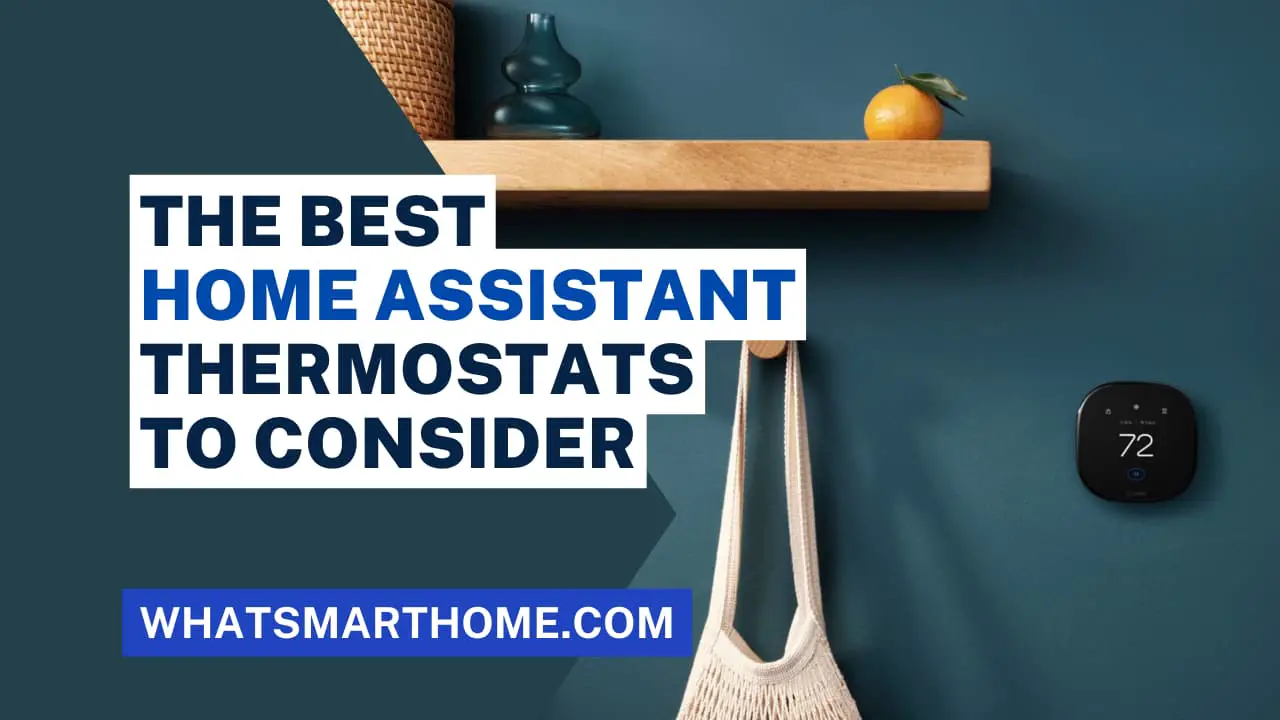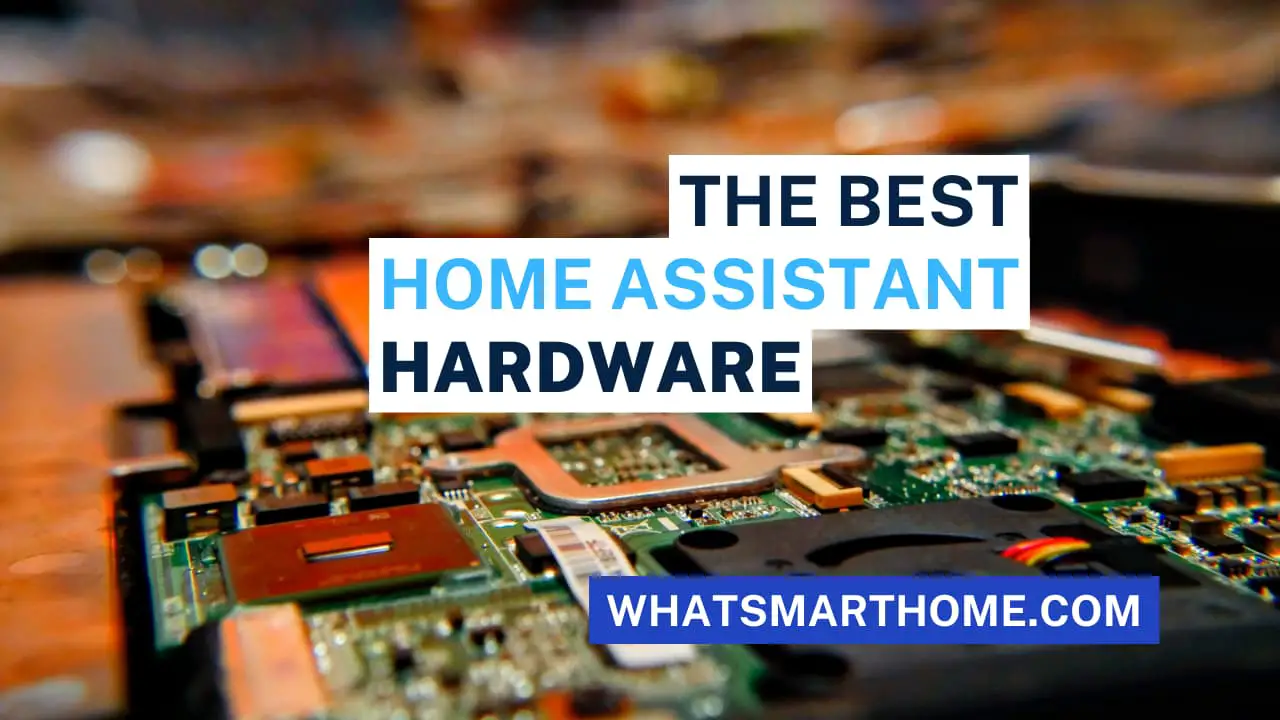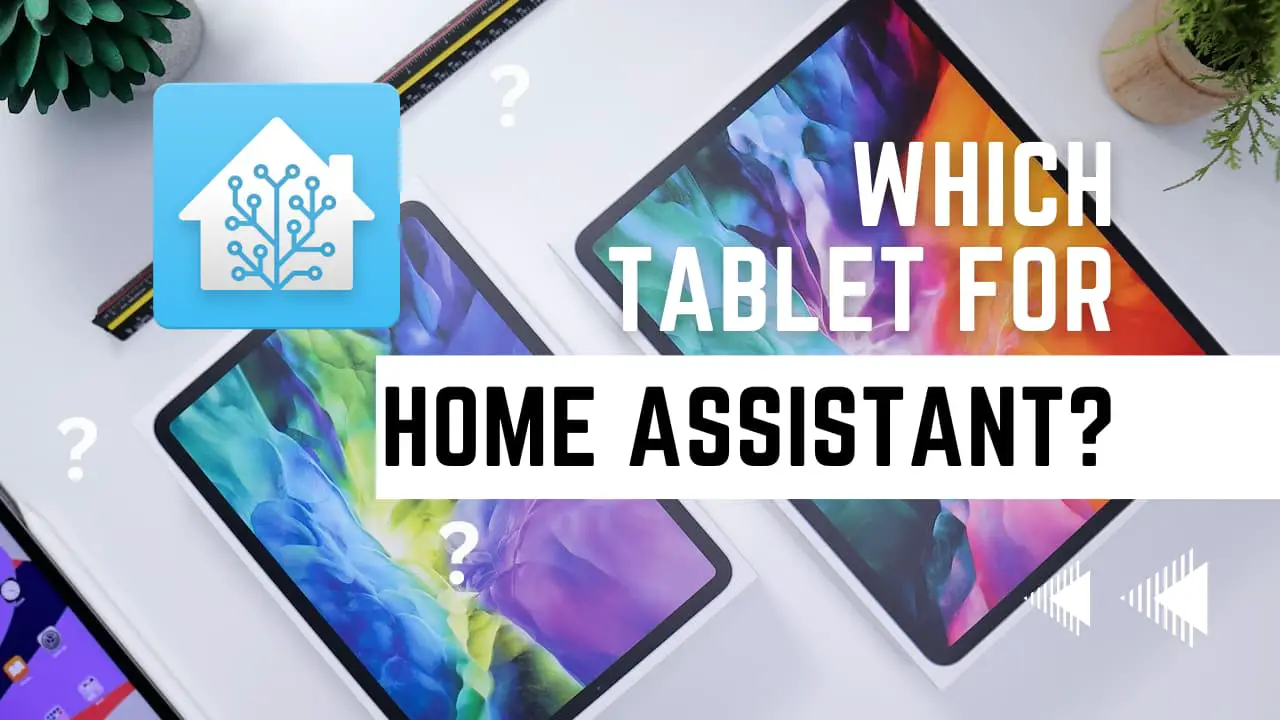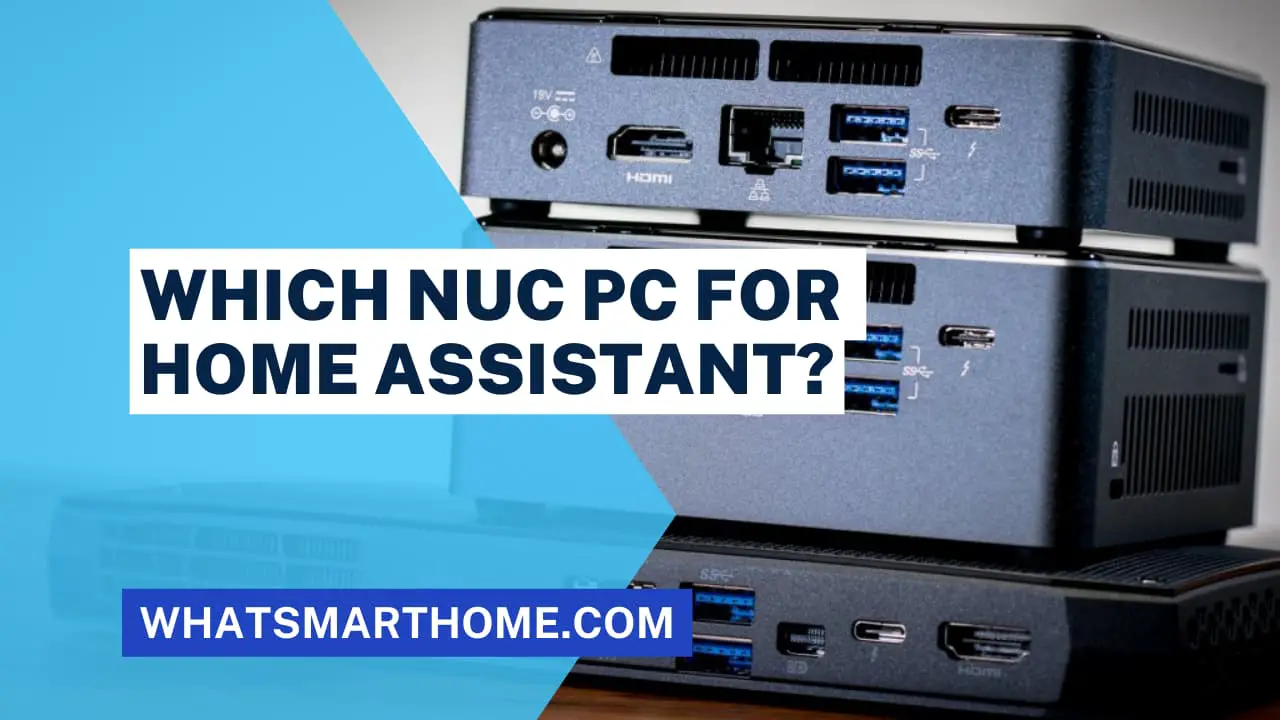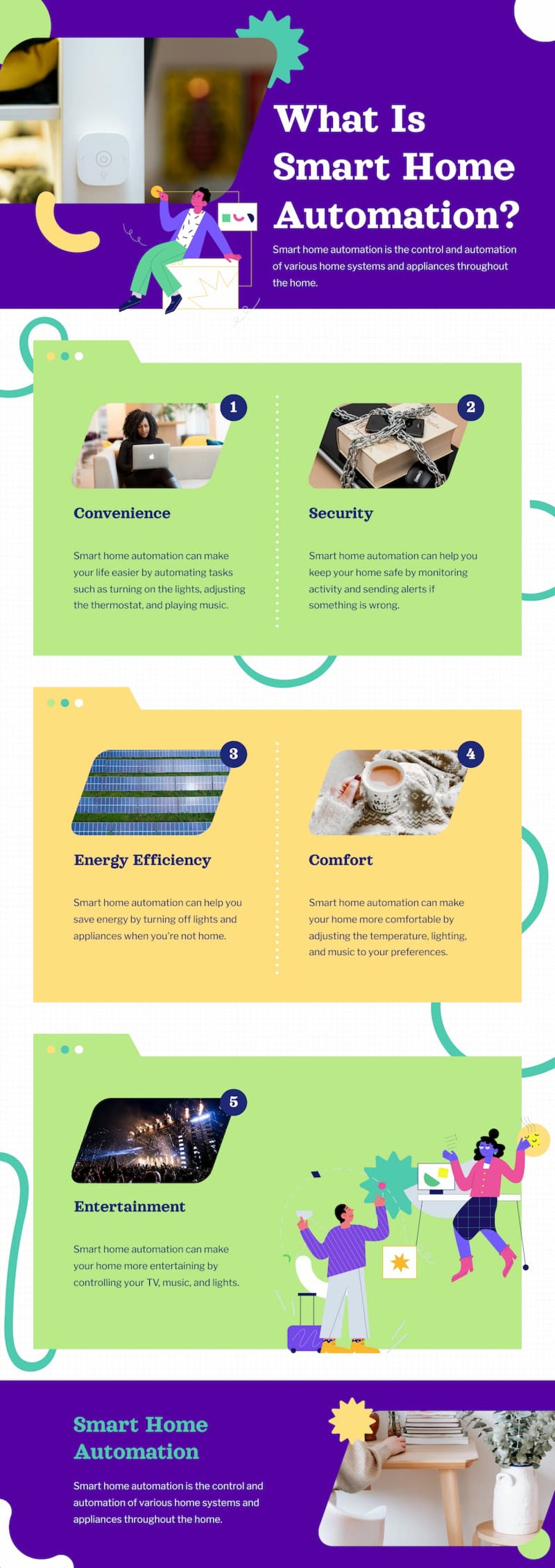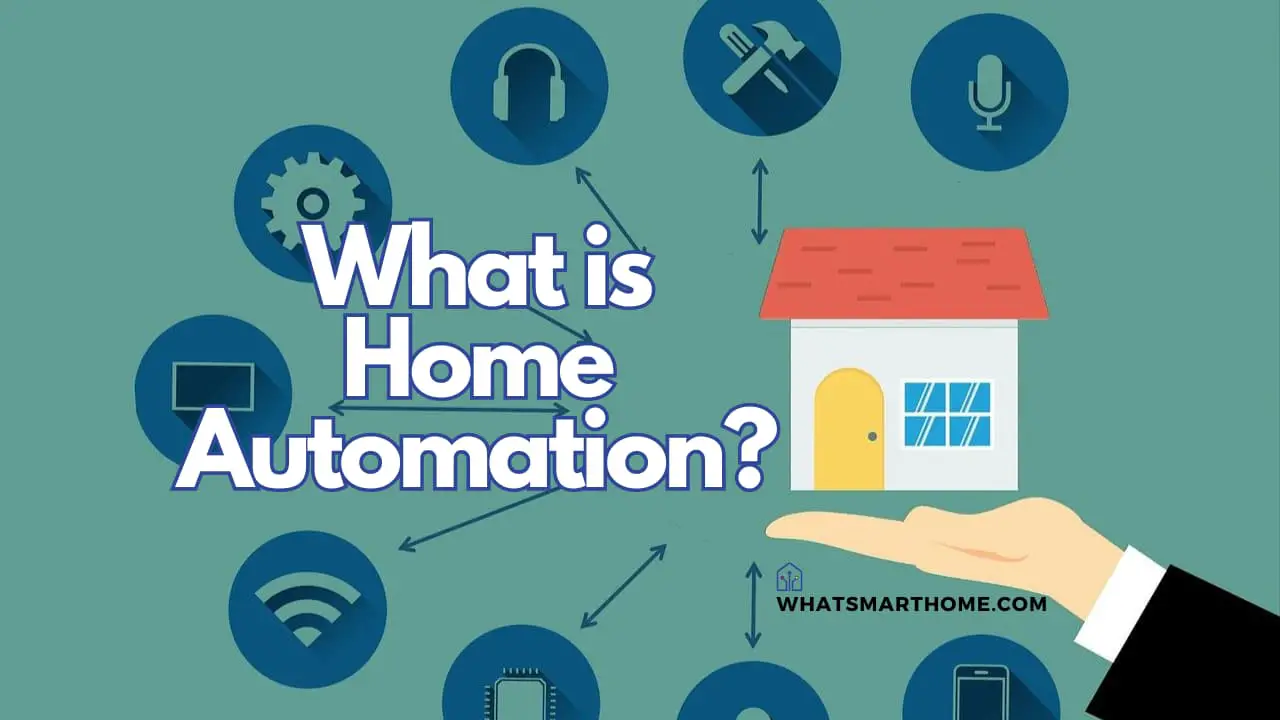
Smart home automation refers to using internet-connected devices and systems to monitor, control, and automate various functions of a home such as lighting, temperature, entertainment systems, security systems, and more.
The field has seen tremendous advances in recent years due to the continuous development of smart devices, better wireless protocols, and the emergence of smart speakers.
But, what is smart home automation and how can it help you? Continue reading to explore exactly what it is and discover the many benefits of implementing automation in your home life.
What is a Smart Home?
A smart home is a residence equipped with internet-connected devices and appliances that can be monitored, accessed, and controlled remotely using a smartphone or other network-connected devices within the home. The different systems and devices can also interconnect with each other through a home automation controller.
Key features of a smart home include:
Ability to monitor and control devices/appliances remotely
Automation based on user preferences and AI
Interconnectivity between devices from different systems
Voice control through smart speakers
Technologies Enabling Smart Homes
Several innovations in technology have paved the way for modern smart home automation capabilities:
Home Automation Controllers
These are hub devices that connect to smart appliances allowing interconnectivity and automation based on trigger events. Some examples include Samsung SmartThings, Amazon Echo Plus, Apple HomePod and Google Home.
Smart Devices and Appliances
Internet-connected versions of LED lights, power outlets, electronic locks, thermostats, security cameras, etc. allow monitoring and control. Top brands include Philips Hue, TP-Link Kasa, Nest, Canary, and August.
Communication Protocols
Communication standards like ZigBee, Bluetooth LE, Z-Wave, etc. enable networking between automation controllers and other smart devices. WiFi is also extensively used.
Benefits of a Smart Home
Smart home automation offers various lifestyle-enhancing benefits:
| Convenience | Using voice commands and smartphone apps or automating actions based on custom rules adds tremendous convenience, especially for physically challenged users. |
| Energy Efficiency | Smart thermostats, lighting, and appliances optimize energy use automatically saving electricity expenses. They also integrate solar energy efficiently. |
| Safety and Security | Features like remote monitoring, home access control, and flood/fire sensors help improve household safety. Entry alerts and camera feeds provide security. |
Difference Between Smart Home And Home Automation
Home automation refers to the process in which tasks and functions within your home occur automatically, without your direct intervention.
A smart home comprises appliances and devices that can communicate with each other. These devices can connect to the internet, allowing you to monitor and control them remotely.
In summary, home automation focuses on automatic processes within your home, while smart homes involve interconnected devices that you can control remotely or automatically via the internet
Common Smart Home Features
| Lighting Control | Automatically switching lights on/off based on schedules or ambient light conditions. Changing color and intensity too. |
| Climate Control | Smart thermostats efficiently auto-regulate temperatures based on weather data and user preferences. |
| Home Entertainment | Controlling multi-room audio, TVs, etc. automatically based on user presence and personalized dashboards. |
| Security Monitoring | Live feed from security cameras, alerts for entry/exit from doors & windows, and sensors to detect hazards help keep homes safe. |
Smart Speakers and Voice Control
Smart speakers like Amazon Alexa and Google Home are becoming the hub of smart homes. They take voice commands, control other devices, provide information from the web, and integrate home automation.
Getting Started with Smart Home Automation
Interested in automating your home? Here are some tips:
Assess Needs and Budget
Evaluate benefits against costs when deciding the extent of automation. Focus on convenience, security, and energy use cases.
Choose Devices and Platform
Determine capabilities needed and choose compatible devices from leading brands such as Amazon, Google, and Samsung that use open platforms for interconnectivity and third-party integration.
Some articles I have written compare top platforms with each other and may help you decide which works best for you.
Consider Professional Installation
Though DIY options exist like Home Assistant or OpenHAB, professional installers can effectively integrate complex multi-vendor systems, and provide training and support.
The Future of Smart Homes
With the ever-increasing mainstream adoption of smart appliances and the emergence of new wireless protocols, smart home automation is poised for tremendous growth. According to Zion Market Research, the global smart home market is expected to be worth $622 billion by 2026.
Artificial intelligence will drive the next wave of innovation such as predictive automation based on occupant behavior. Voice assistants are also getting smarter. 5G and WiFi 7 will enable low latency communication critical for automation. Augmented reality could also enhance smart home dashboards and controls. Exciting times are ahead in the world of smart homes!
FAQs on Smart Home Automation
What are the most popular smart devices?
Smart speakers, smart lighting solutions and smart thermostats are among the most popular devices based on adoption.
Do smart devices work without WiFi?
Most smart devices need WiFi to enable communication and control. Some also have Bluetooth support. Zigbee and Z-Wave devices can form mesh networks without WiFi.
Is smart home automation expensive?
Entry-level products are quite affordable now but costs go up with scale and complexity of integrations involved. Still, the return on investment from energy savings and convenience is attractive.
Conclusion
Smart home automation powered by internet-connected intelligent devices and AI-driven software has transformed modern households with conveniences ranging from voice control to predictive automation.
With innovative products, evolving wireless standards, and AI capabilities, smart homes are getting smarter every day catering to diverse lifestyle needs while even saving money.
It's an exciting future ahead as our living spaces get more automated!


